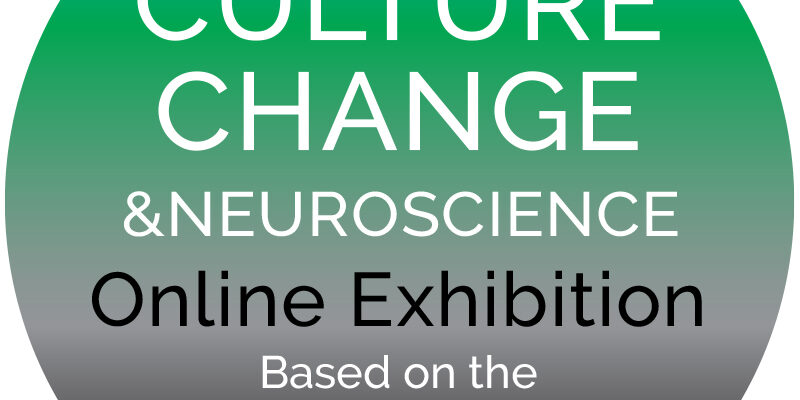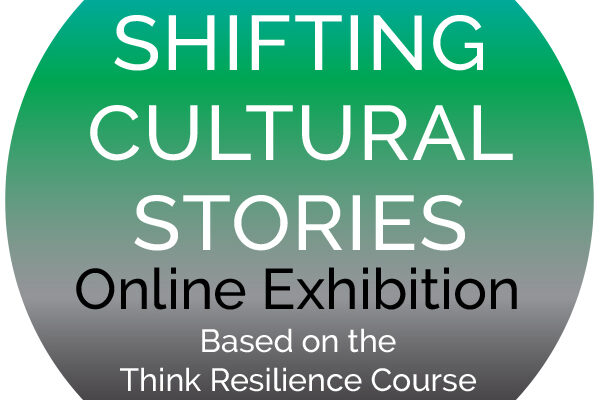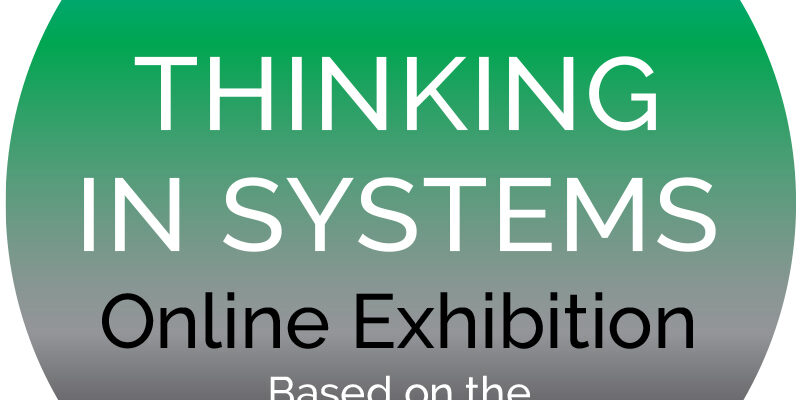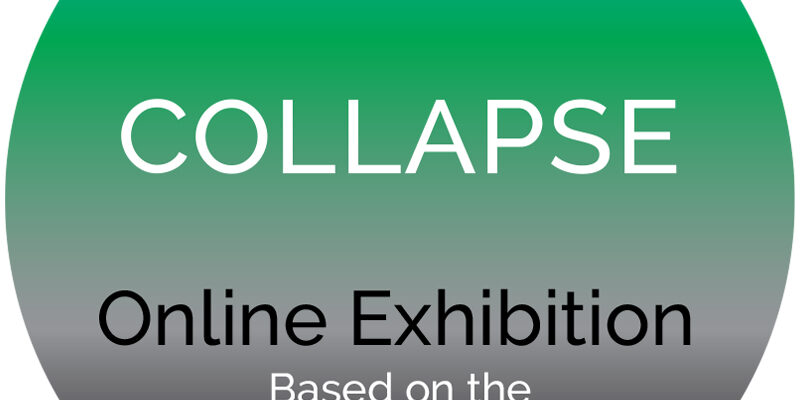This is the 11th What’s Next for Earth online exhibition based on Think Resilience,
a free online course written by Richard Heinberg and produced by the Post Carbon Institute.
“If we want to adapt successfully to a future of less energy per capita, and little or no economic growth, we need to better manage some of the neurological traits that served our evolutionary forebears but are ill-suited to the modern world. Consumerism is a modern version of our biological drives for status-seeking and novelty-seeking and makes use of how our brain chemistry develops addictions. We also have an innate tendency to give more weight to present threats and opportunities than to future ones; this is called discounting the future, and it makes it hard to sacrifice now to overcome an enormous future risk such as climate change. Fortunately, we also have some inherited neurological tendencies that would be useful to encourage, like cooperation, empathy, and altruism.”
– Richard Heinberg



